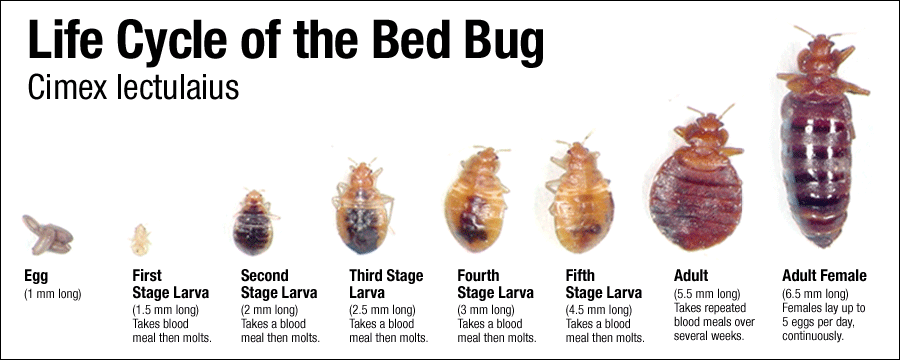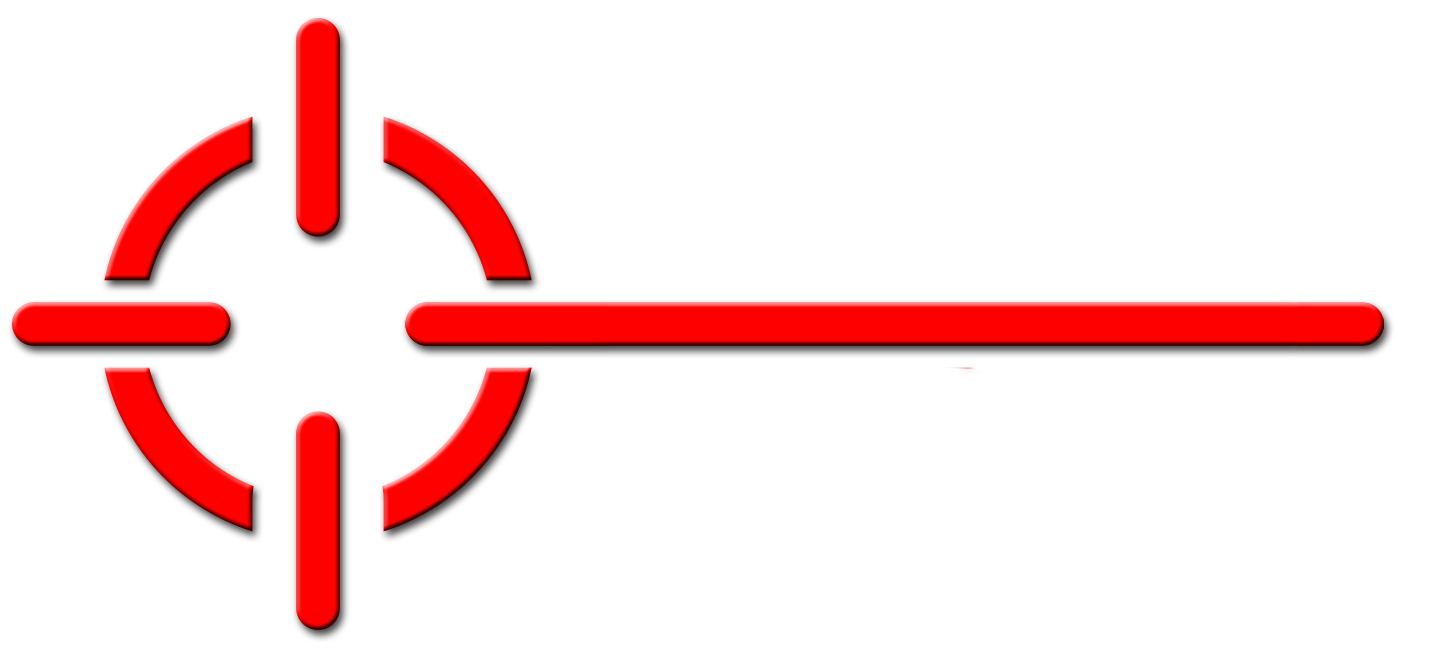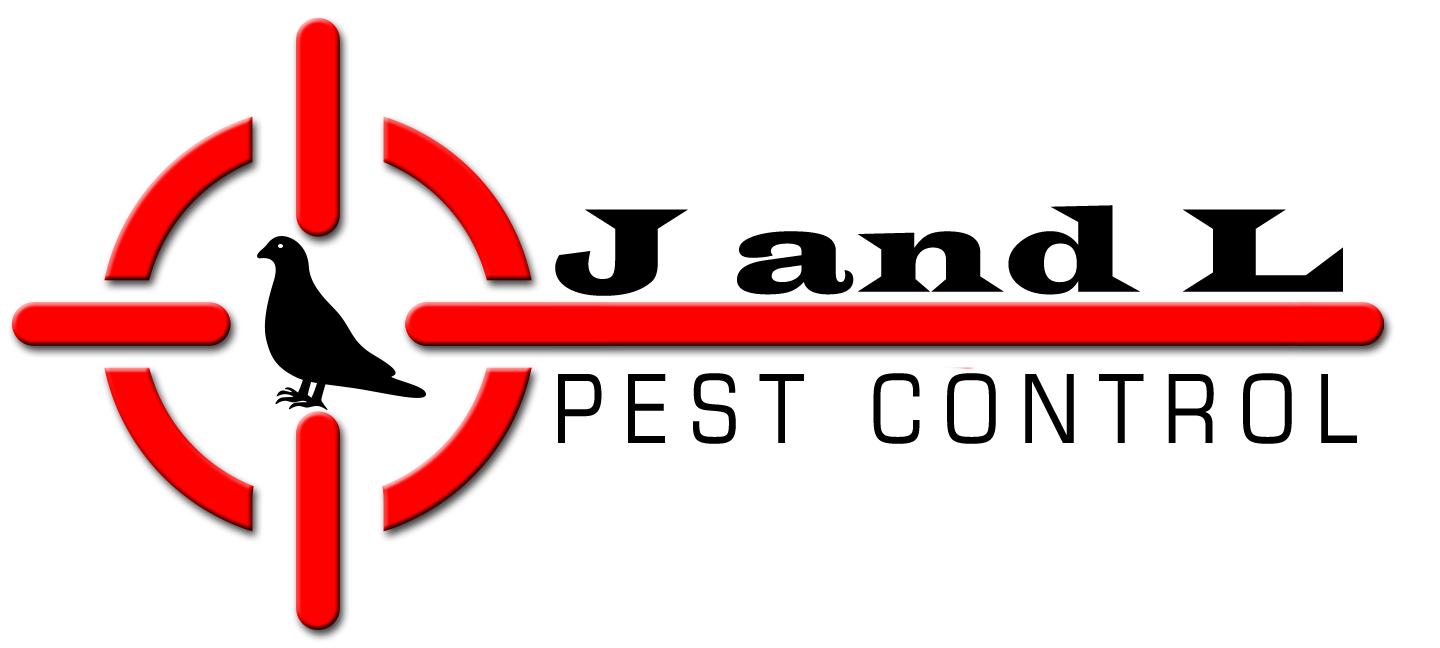
VELVETY TREE ANT
INTRODUCTION. Although several species are involved, the velvety tree ant (Liometopum occidentale Emery) is the principle pest species. It ranges west to Colorado and south to central Mexico. This or other species of Liometopum occur in Oregon, Wyoming, Utah, Nevada, California, Colorado, Arizona, New Mexico, and western Texas. The common name comes from their velvety-black abdomen.
RECOGNITION. Workers monomorphic, about 1/16-1/4" (2.5-6 mm) long. Color glistening, abdomen velvety black, thorax yellowish red, and head brownish black above, red underneath; one species (L. luctuosumYlhee\er), which nests in conifers (ever¬green trees), blackish in appearance. Antenna 12-segmented, without a club. Thorax lacks spines, profile evenly rounded. Pedicel 1-segmented. Gaster with anal opening slitlike, lacking circlet of hairs. Stinger absent, can inflict a painful bite and squirt a dis¬agreeable anal gland secretion into wound or onto intruders.
SIMILAR GROUPS. (1) Honey (Prenolepis spp.), bicolored carpenter (Camponotus spp.), and Allegheny mound (Formica exsectoides) ants have anal opening circular, surrounded by circlet of hairs. (2) Other small bicolored ants with 2-segmented pedicel.
BIOLOGY. These ants occur in large colonies containing a single queen, which are located in trees, in stumps, and underneath stones, especially in areas along streams. They are commonly associated with cottonwood and oak trees, Douglas fir, and western red cedar. They tend honeydew-producing insects and feed on honeydew, nectar, and insects. These ants give off a rotten coconut-like (butyric acid) odor when crushed, an odor similar to that of odorous house ants but more pungent.
HABITS. Inside, these ants usually enter in columns searching for sweets and other insects. Their trails may extend about 200 feet (up to 60 m) from the nest. Outside, they are a major pest of picnickers.
Their nests indoors are often only temporary in location and are moved as foraging patterns change, making location difficult. They are often found in voids within insulation or wood. They have caused extensive damage to insulation, and also damage wood. The sawdust/debris they produce is fine and contains more corpses than that of carpenter ants.
They are active in trails in the morning and evening, and the foraging trails of large colonies may be 7/8-1 1/4" (2-3 cm) wide. Although active during daylight, their primary foraging for food occurs in the evening and during the night. They are aggressive ants and if disturbed, they may swarm and bite. They may spray intruders with secretions that resemble those of the odorous house ant. The odor associated with a structural infesta¬tion often results in a customer complaint.
Outside, their nests are usually built under stones or in hollow portions of trees. Nests are sometimes subdivided with a paper-like material composed of a mixture of plant material and soil, bonded together with an ant secretion. Swarming usually occurs during May, but swarmers have also been collected in August.
CONTROL. Inside, preventive treatment is minimally effective. Outside, a perimeter treat¬ment is effective if maintained every 60 days, with nonrepellent pesticides working best, but repellent microencapsulated or wettable powders work well. Be thorough and include treatment up under the siding-to-foundation wall junction if such is present. Seal all elec¬trical and utility line entrances. Additionally, on the inside, the light application (misting or spritzing) of a nonrepellent pesticide directly onto the foraging trails of ants is very helpful. Be sure to cover any surfaces below the application site with plastic before application to avoid unwanted contamination.
Colonies located under stones should be drenched with an appropriately labeled liquid pesticide. It is usually necessary to have the infested tree(s) treated. All tree branches contacting buildings should be trimmed back. Decayed portions of trees should be removed.

